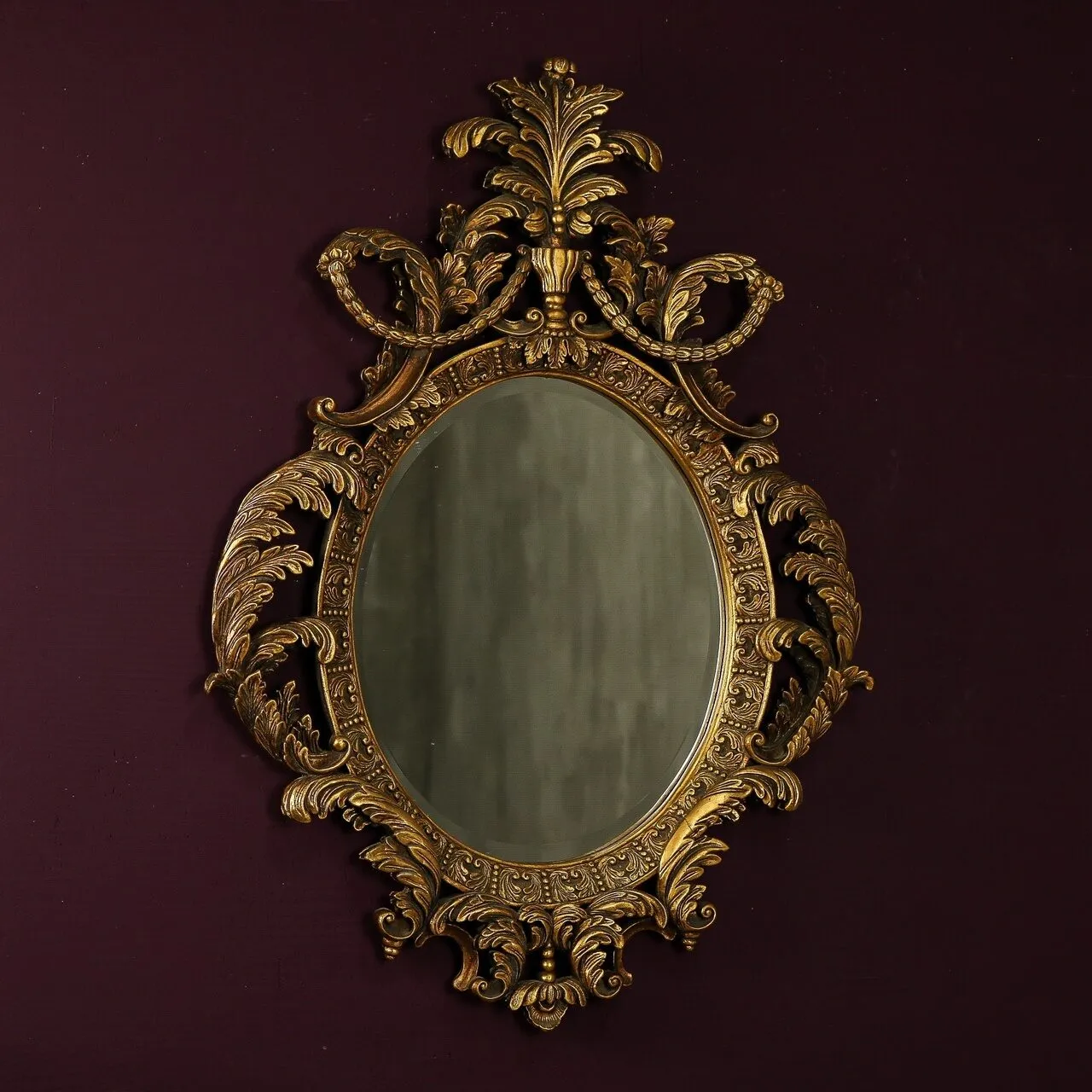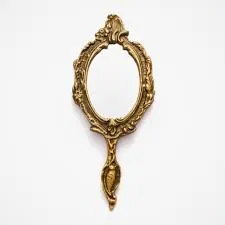
Mirror in traditional beliefs and rituals
The mirror as a reality of folk life belongs to a relatively late layer of culture, but the semantics and symbolism of this object, on the contrary, are deeply archaic. This is explained by the fact that the main property of a mirror, reflection, was comprehended already in the most ancient forms of beliefs in connection with the interpretation of reflections in water, melted wax, oil, etc. (cf. , get up on the water, what kind of person you are, etc.). Thus, as an element of spiritual culture, the mirror was included in ready-made semantic paradigms and symbolic connections and oppositions. At the same time, the already existing semantic features were not simply transferred or extended to it, but they were fixed and, as it were, embodied in this new object, which became a symbol of the reflection and doubling of reality.
In Slavic folk ideas, a mirror is perceived primarily as a border between the earthly and the other world and, like other borders (such as a boundary, a window, a threshold, a chimney, a well, etc.), is considered a dangerous object and locus, the handling of which requires special care and special ritual decoration. The mirror is subject to many prohibitions and regulations relating to borders in general or to certain types of borders.
Mirror in rituals associated with death. Among the most stable and widespread among all Slavic peoples is the custom (which has become entrenched in modern urban life) immediately after death to hang a mirror (with a linen, towel, tablecloth, etc.), turn it to the wall or even take it out of of the room in which the deceased is, cf. Serbian, Kosovo “Where the dead is in the house, there should not be a mirror in that room” (Vukanović 1986/2: 307); southwestern serbian. “If someone has died, in the room where the death occurred, the mirror is covered with something, turned over to the wall, or taken out to another room” (Blagoevic 1984: 282).
This custom is based on the universal idea that in a situation and at the locus of death a mirror is dangerous for the living, however, the corresponding motivations are not universal and reveal several basic options. Most often, the danger of an open mirror is explained by the fact that the reflection of t mirror and thus its “doubling” threatens to “doubling” death, its repetition, that is, the fact that death will befall someone else from the inhabitants of the house

bonrenom.org
mydecorroom.com
S. M. Tolstaya
SEMANTIC CATEGORIES OF THE LANGUAGE OF CULTURE
Essays on Slavic ethnolinguistics